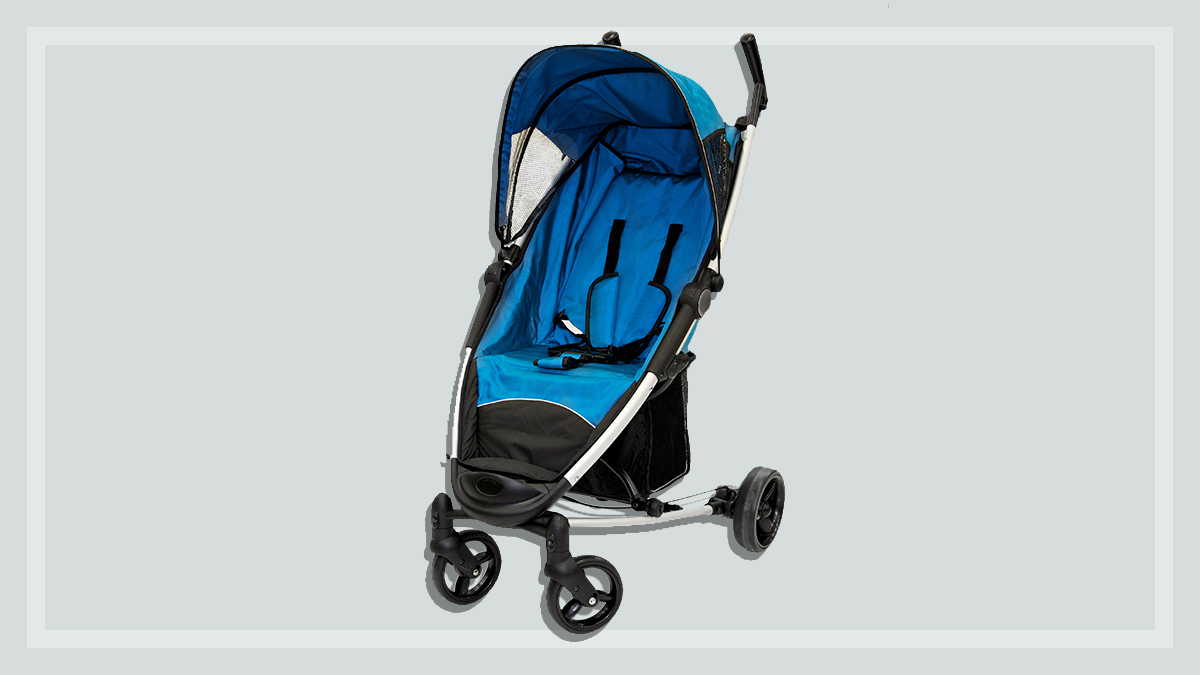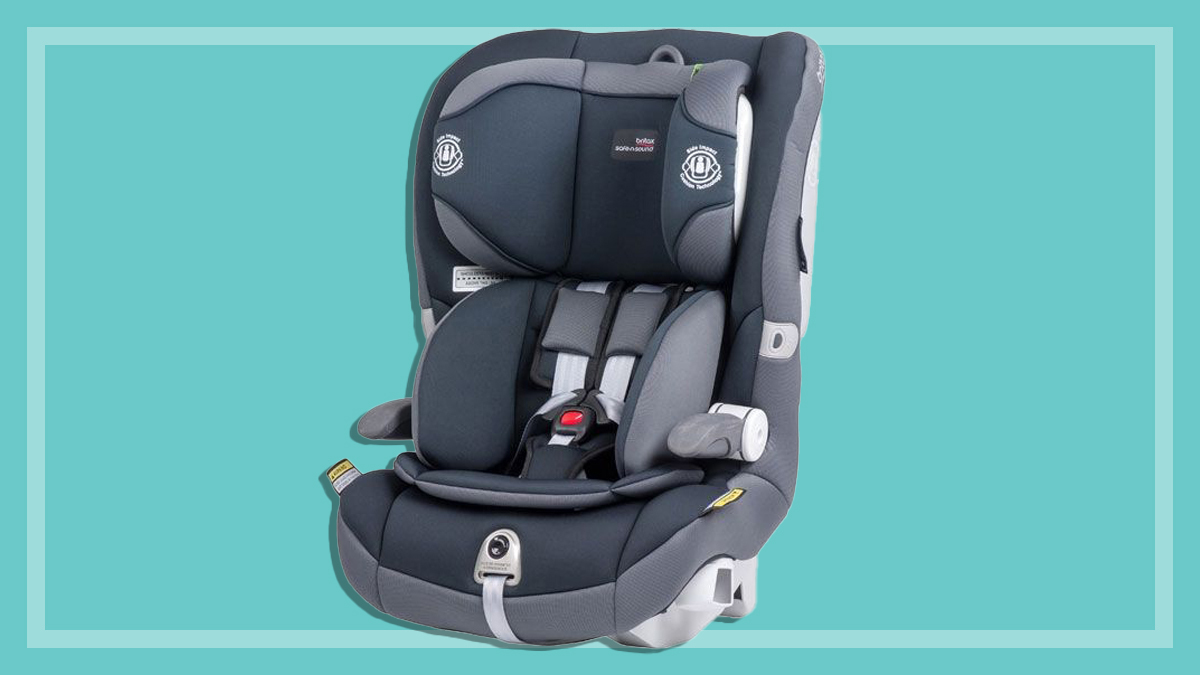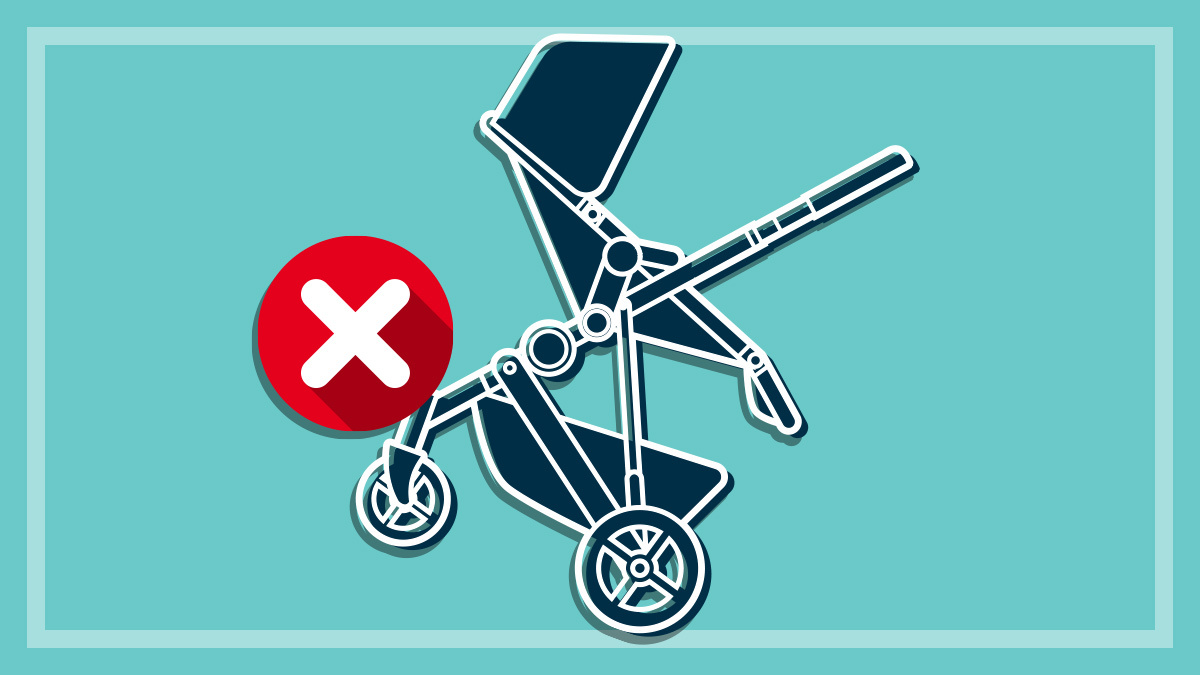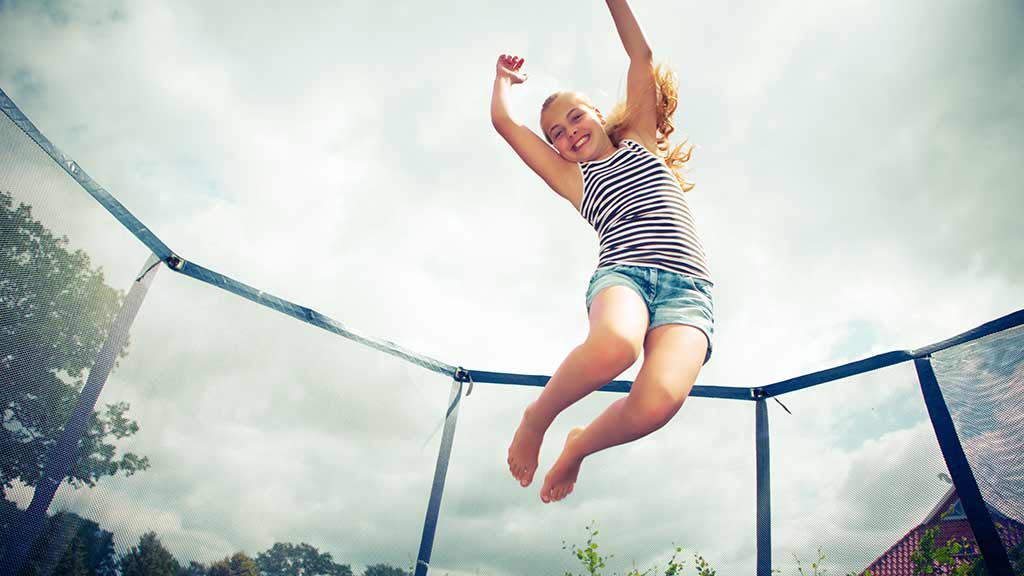Get our independent lab tests, expert reviews and honest advice.
How much do you really need to spend for a good pram?

It’s natural to want the best for your child and – especially when you’re shopping for your first baby – it’s very easy to get swept up in the excitement of it all. Before you know it, you’ve added a $2500 pram to the very long list of things to buy. (Second babies tend to just get thrown in a backpack or whatever, right?)
There’s no denying that children can be expensive, but just how much is reasonable to hand over for a pram? And what’s worth paying extra for?
How much should you pay for a pram?
Some of the more expensive models in our latest review were also top performers, so you could argue that there is something of a correlation between price and performance. But (and it’s a big but) that doesn’t mean you should go out and buy the most expensive pram on the market.
Of the 12 prams our experts recommend, three of them cost less than $700 and five of them cost less than $1200.
And if you want to spend upwards of $2000 because you like the brand or the bells and whistles, it’s a good idea to check our reviews first: one of the most expensive in our test only scored 67%, so it’s a lot of money to spend on a decidedly average pram!
You don’t necessarily need to spend big money on a safe pram that’ll serve you well for years
Kim Gilmour, CHOICE pram expert
Not to mention the number of $1000+ models lurking in the bottom scorers. In other words, if you buy based on price alone, there’s a good chance you could pick a substandard pram.
“With the rising cost of living, price is an important consideration when choosing a pram. You don’t necessarily need to spend big money on a safe pram that’ll serve you well for years,” says CHOICE pram expert Kim Gilmour.
What to look for when buying a pram
At CHOICE, we regularly find that a higher price doesn’t necessarily guarantee better performance – and while that’s definitely true of prams, it does come with some caveats.
Yes, price is important, but when you’re buying a pram you need to find the sweet spot between price, function and safety.
Although you can pick up a cheap pram on the internet for a couple of hundred dollars, you might regret your decision if it turns out to be a nightmare to steer, or if (heaven forbid) the brakes fail or it injures your baby in some way.
Similarly, spending top dollar doesn’t always buy peace of mind. Even expensive prams are sometimes poorly designed and are either difficult to use or pose potential safety risks.
You’re probably not going to care what brand your pram is when you’re juggling a spewy baby on four hours’ broken sleep
And while the idea of a designer pram might be appealing, you’re probably not going to care what brand your pram is when you’re juggling a spewy baby on four hours’ broken sleep (and neither will anyone in your parents’ group).
Ultimately, your best bet is to forget about brand names and price tags (within reason) and go with a pram that meets safety standards, is easy to use, and suits your needs.
Buying solely for aesthetics or social status isn’t always a good choice. Read all about what CHOICE parents wish they’d known before buying their first pram.
Ways to save when buying a new pram
Don’t resign yourself to paying the recommended retail price for a pram: there are plenty of ways to get a good deal. Here are some ideas.
Ask for a deal
Some retailers will offer discounts if you buy multiple products from them, so it’s worth asking what kind of deal they can do on a bundle.
Pay it off in instalments
At CHOICE, we’re generally not fans of buy now, pay later schemes, but if you’re shopping now for a baby that won’t be arriving for another six months, paying in instalments or using lay-buy could be an option for you.
Just make sure you read the fine print first, and buy within your means – make sure you can really afford it before you commit.
Look for an older model
Like cars, pram manufacturers regularly roll out new models – and they’ll need to clear the old stock to make way for the new. If you’re in the right place at the right time, you might be able to pick up last year’s model for a great price. Sale periods such as end of financial year, Black Friday and Boxing Day sales can be a great time to pick up a good deal.
Don’t get sucked into all the accessories and add-ons (unless you want to!)
While you’ll need to ensure your baby has a safe bassinet attachment for your pram to use from birth that you can convert into a stroller seat when they get older, that’s pretty much the only ‘accessory’ you really need. (And potentially a second seat if your pram has that capacity and you plan on having another baby.)
Modern prams come with all the mod cons: drink holders, hoods with different colours/materials, wet weather covers, pram liners, organisers… While some of these can be handy or fun to have, the prices quickly add up and they’re certainly not essential. You can always buy them later, too.
If you’re trying to save money but you really want something, wait until you start using the pram to see if it’s actually going to be useful before deciding to spend the money.
Buying second-hand
While buying a second-hand pram is a great way to save money and reduce your environmental impact, we advise that you exercise caution. If you go down this path you need to ensure you’re buying a safe model that meets current safety standards and is in relatively good working condition
Here are a few things to consider:
- If you’re buying a pram that’s been discontinued, you can check our reviews to see how it performed and to make sure it meets the safety standards. Select the “Related products” dropdown on the bottom left-hand side of the review page and select “Discontinued”.
- Check over all the pram components, but especially the brakes and the harness, to ensure nothing is damaged and it’s all in good working order.
- Ask an experienced friend to come along with you to see the pram before you buy it – they may be able to offer some advice on whether it’s in good condition and if everything looks to be in order.
- Even if it’s a bit grubby, you’d be surprised how well a pram can come up with a good clean. (There are even pram cleaning services out there so you don’t need to do it yourself.) Check very carefully for mould as this will be very difficult to remove.
- Make sure the stroller comes with full instructions, has working parts (such as brakes and wheels) and can be unfolded and folded properly. Double check that it hasn’t been involved in an accident and make sure the warning and safety labels are still intact and that the safety features are still working well.
- Keep in mind that second-hand goods bought from a private seller usually aren’t covered by consumer guarantees.
What kind of pram should you buy?
There are so many types of prams on the market, all with different features and pros and cons, so there’s no hard-and-fast rules about what pram will be best for you. Here are a few things to consider:
- Size: How big is the pram? It might sound obvious, but make sure that it’ll fit through your front door and won’t block the hallway. If you’re going to take it out shopping or walking down narrow footpaths, make sure it’s not too wide.
- Terrain: What kind of terrain will you be using it on? Bigger wheels make for a more comfortable ride if you’re using it on rough ground or uneven surfaces. If you’re doing a lot of jogging or walking then inflatable tyres are a good idea.
- Weight: How much does it weigh? A big pram might seem like a good idea, but if it’s too heavy you’ll struggle to get it in and out of the boot of your car (which is especially problematic if you’re recovering from a c-section or birth injury).
- Transport: If you’re catching public transport often, then you’ll want something that’s light and easily foldable – and preferably that you can fold down and open up one-handed while you’re holding the baby.
Our pram and stroller buying guide will help you decide which type of pram is best for you.






